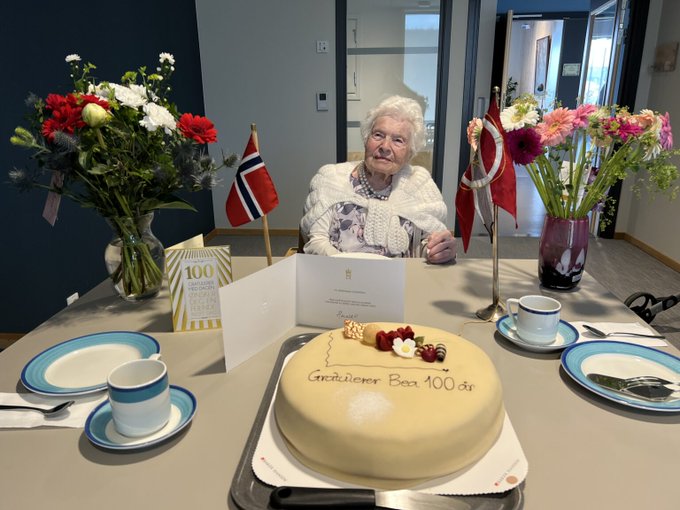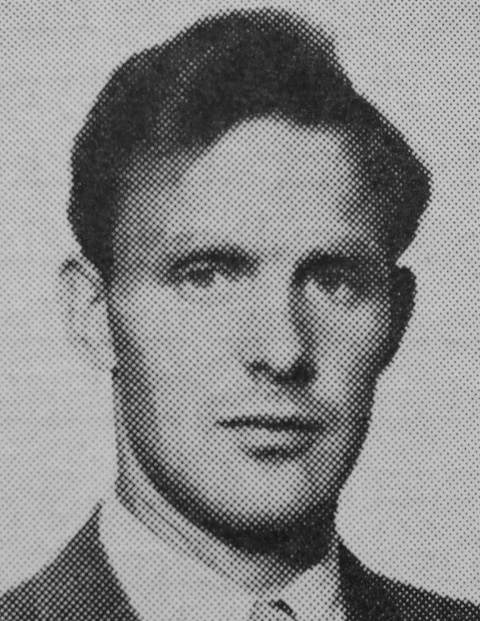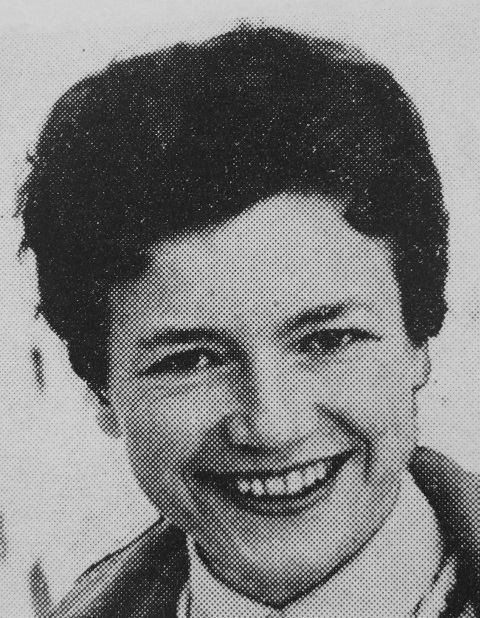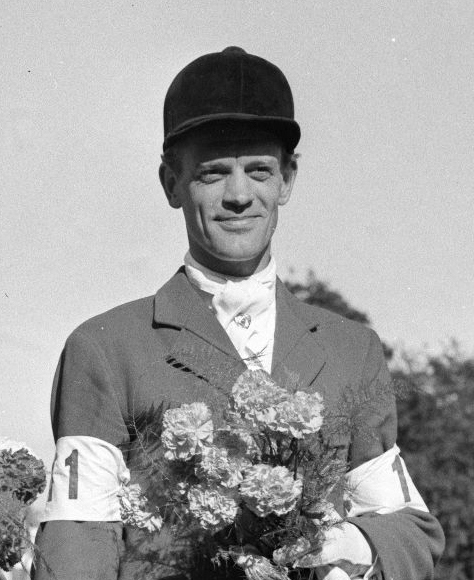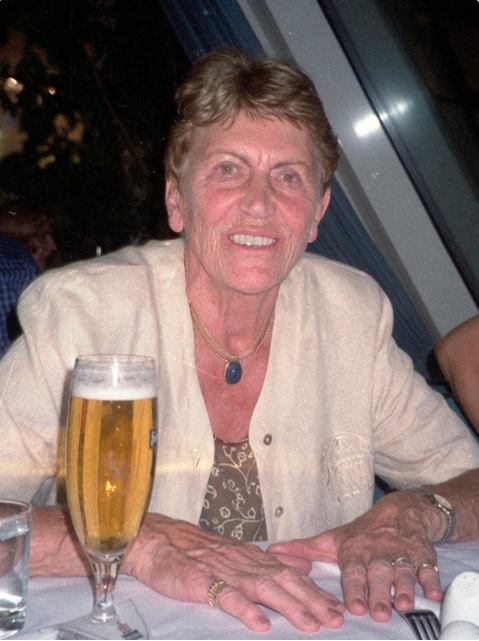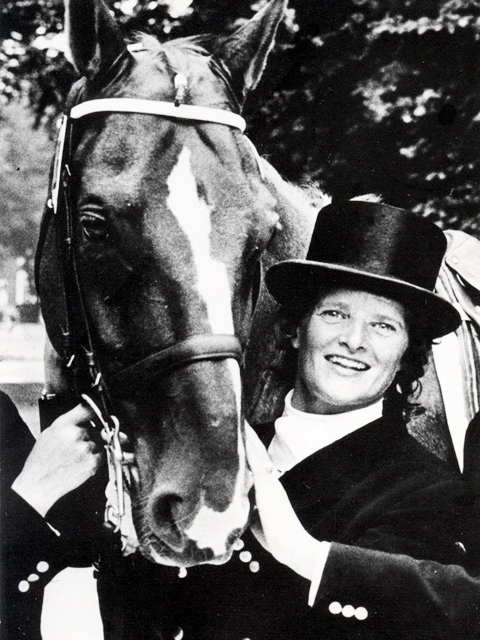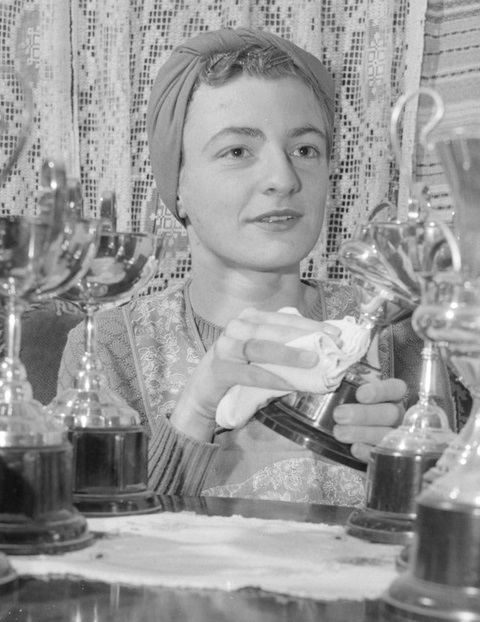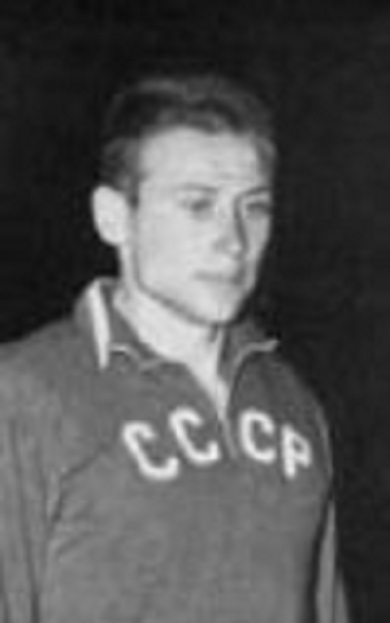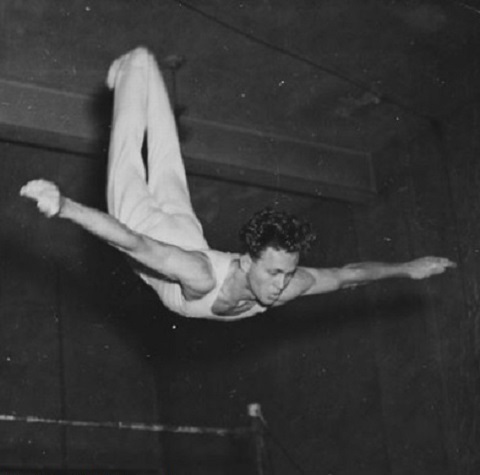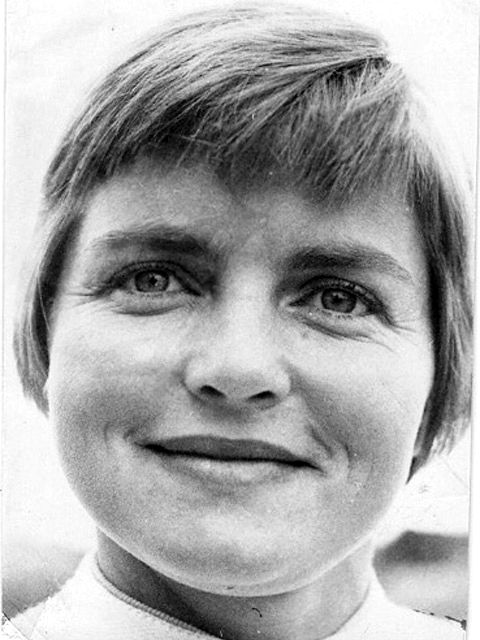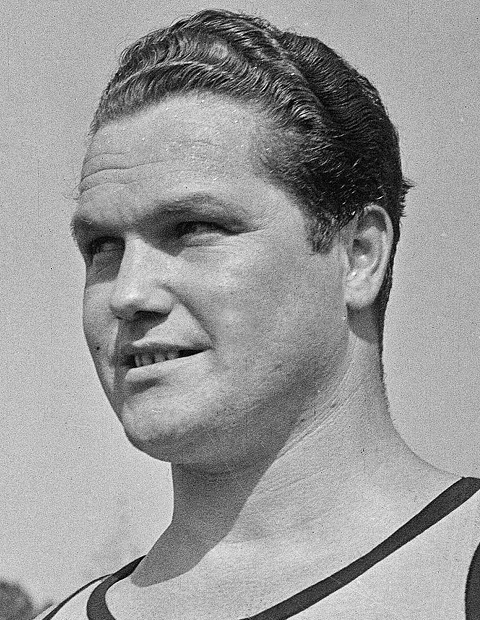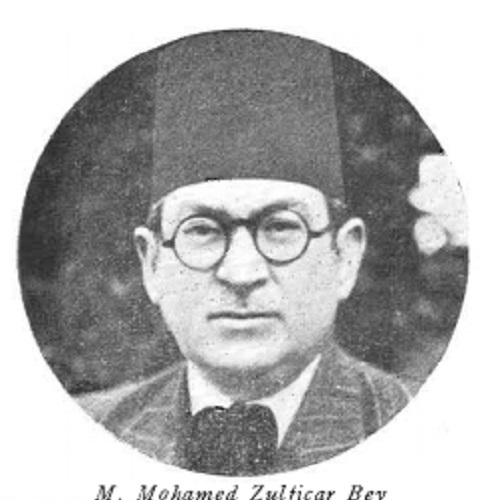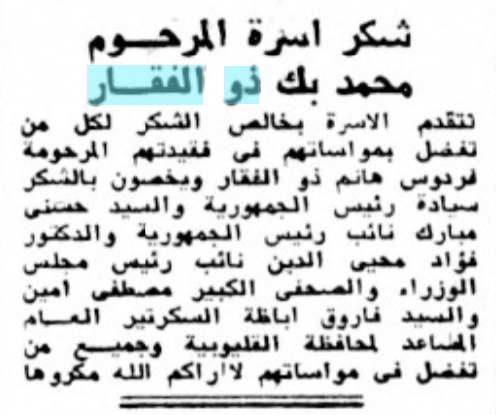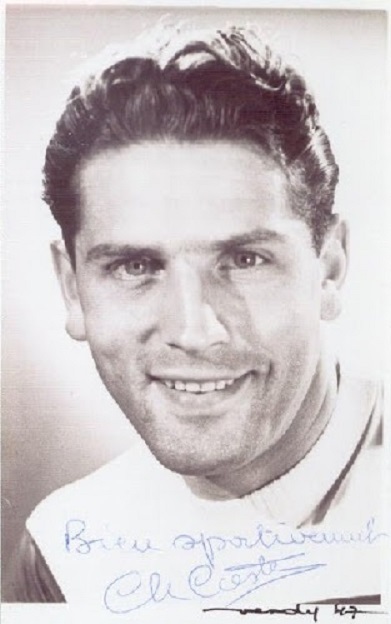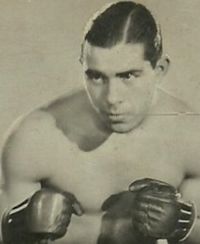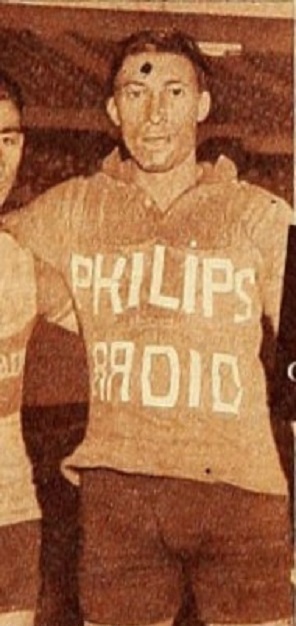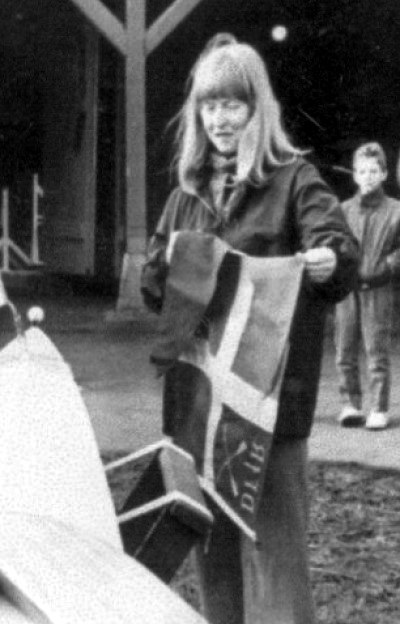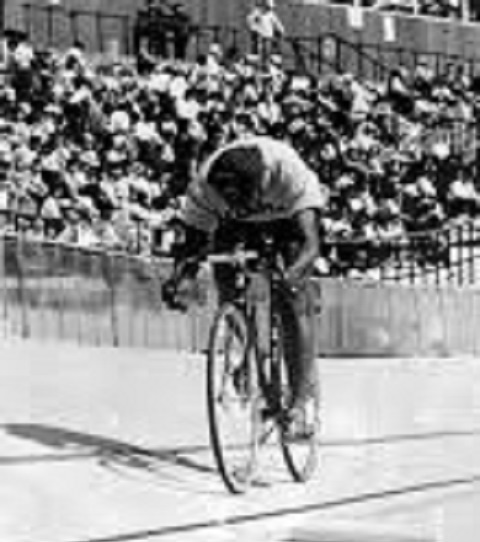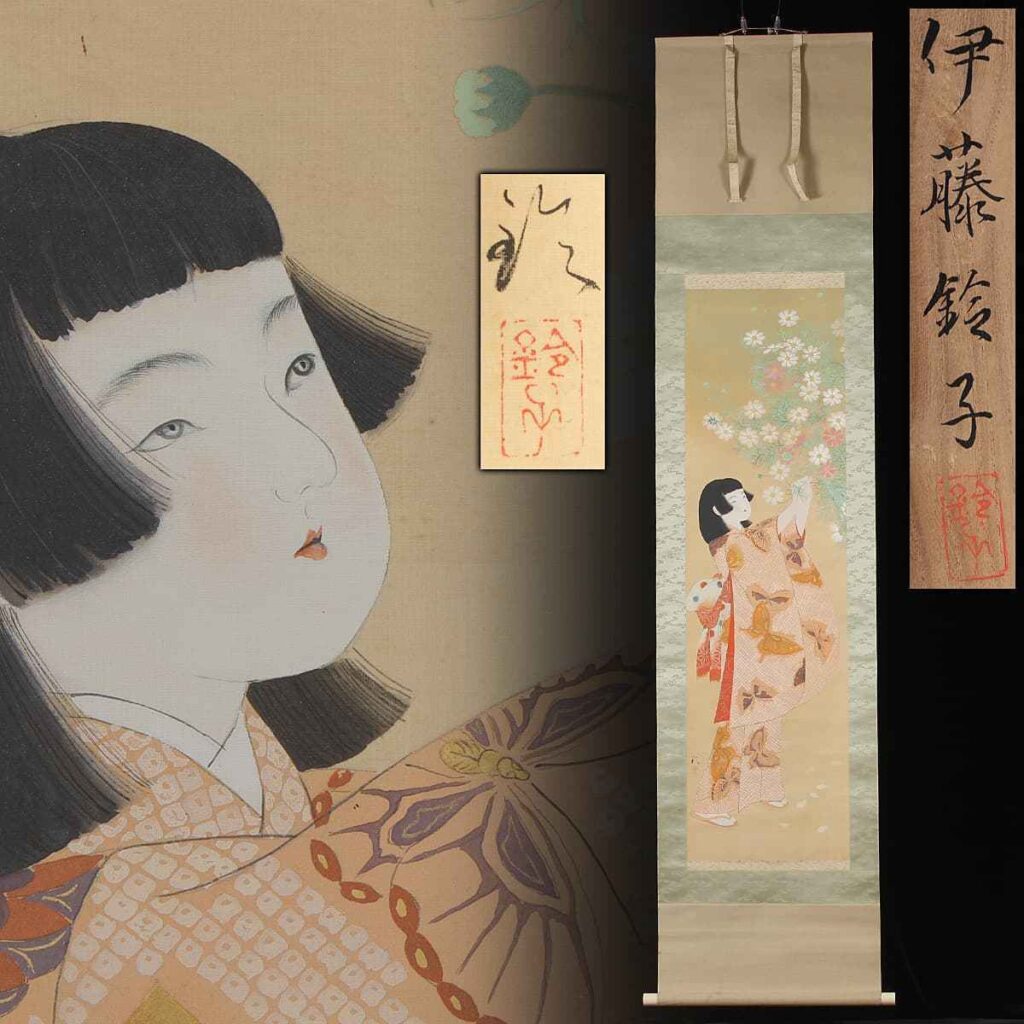Over the next two days, we have birthdays of two Olympians who hold titles among the Oldest Olympians. Both of these individuals, however, were last known living in 2012 and were featured in a blog entry earlier this year as such. Because of this, we wanted to mention them both in another blog post to discuss who will be their successors should we have to remove them from our tables at the end of the year due to a lack of updates.
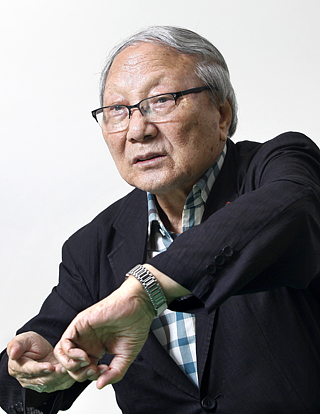
(Im Gyeong-Sun, pictured at Korea JoongAng Daily)
The first is Hong Jong-Oh, born July 7, 1925, who would be turning 98 today. Hong represented South Korea in two editions of the Olympic marathon, placing 25th in 1948 and failing to finish in 1952. He was mentioned in 2012 as being one of the few local survivors of the 1948 London Games, which would now make him the oldest living South Korean Olympian, but we have not seen an update since then. If he were deceased, alpine skier Im Gyeong-Sun, born in 1929, would be the oldest living South Korean Olympian.
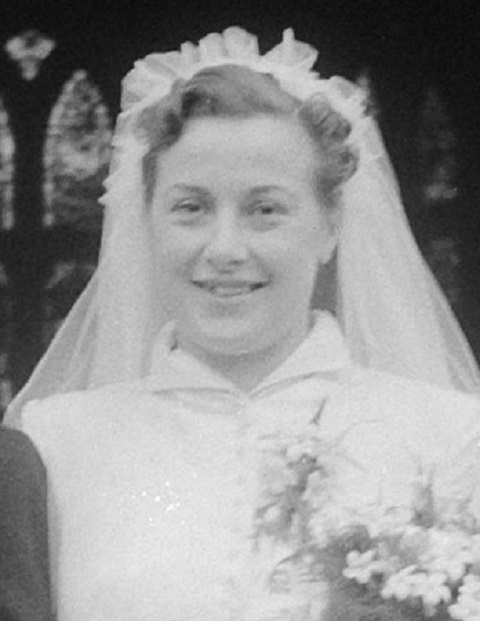
(Lies Bonnier)
The second is Lies Bonnier, born July 8, 1925, who would be turning 98 tomorrow. She represented the Netherlands in the 200 metres breaststroke event at the 1952 Helsinki Games, where she was eliminated in the semi-finals. After winning her first and only national title a few months after the Olympics, she retired from active competition, although she later participated in masters-level tournaments. She was known to be alive in 2012 and, if she is still alive today, then she is the oldest living Dutch Olympian. If not, then that title goes to canoeist Cees Koch, born December 30, 1925.
